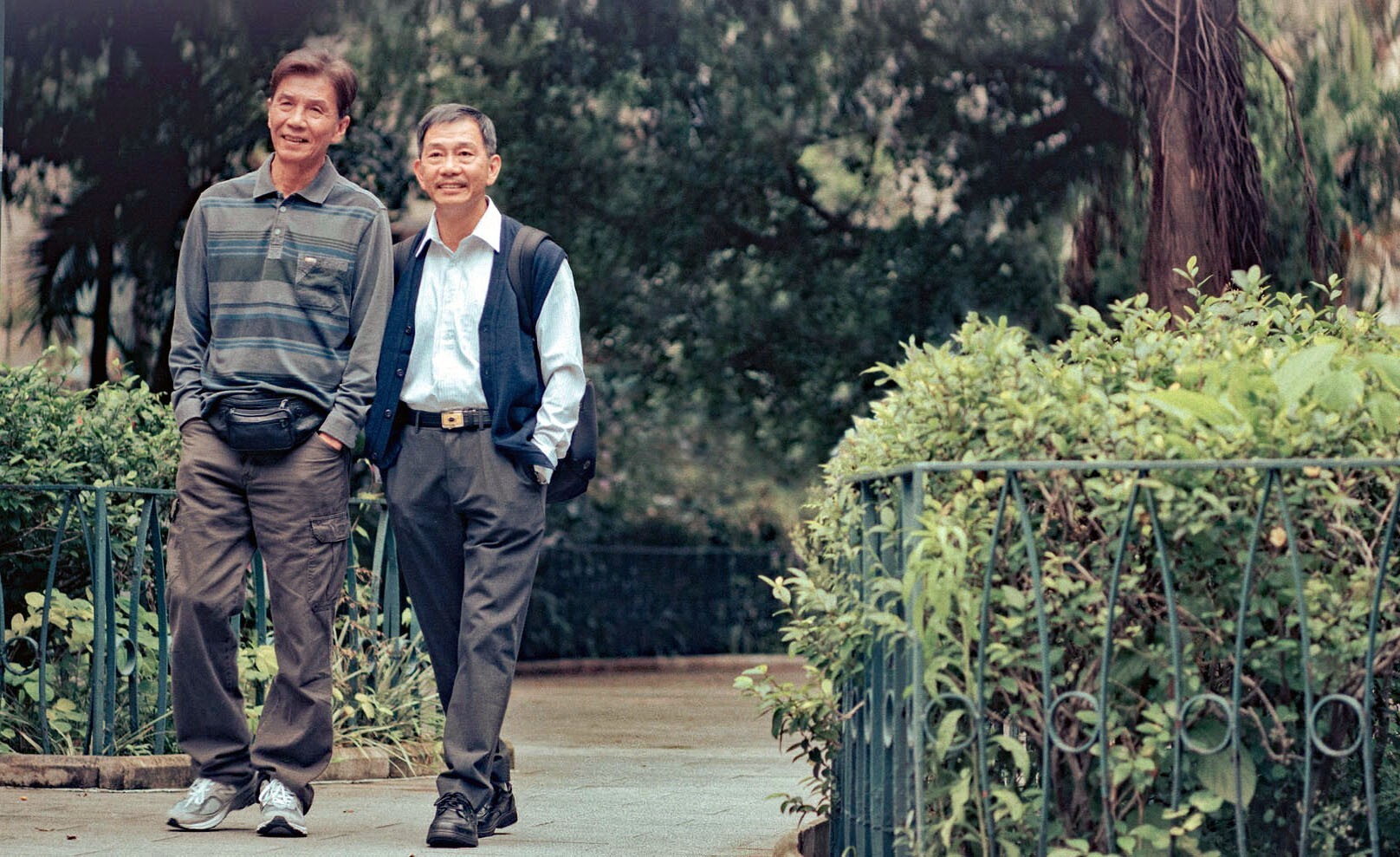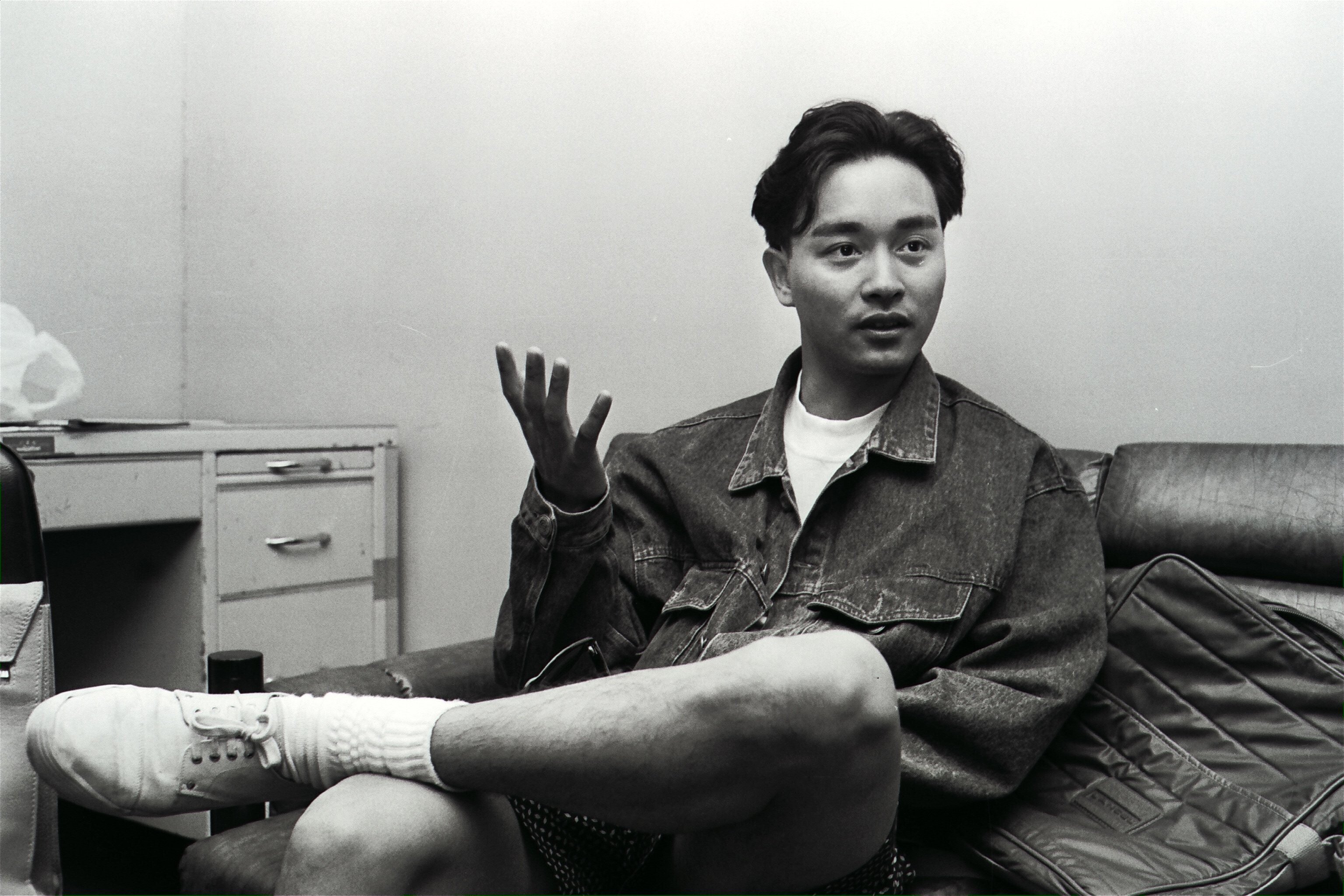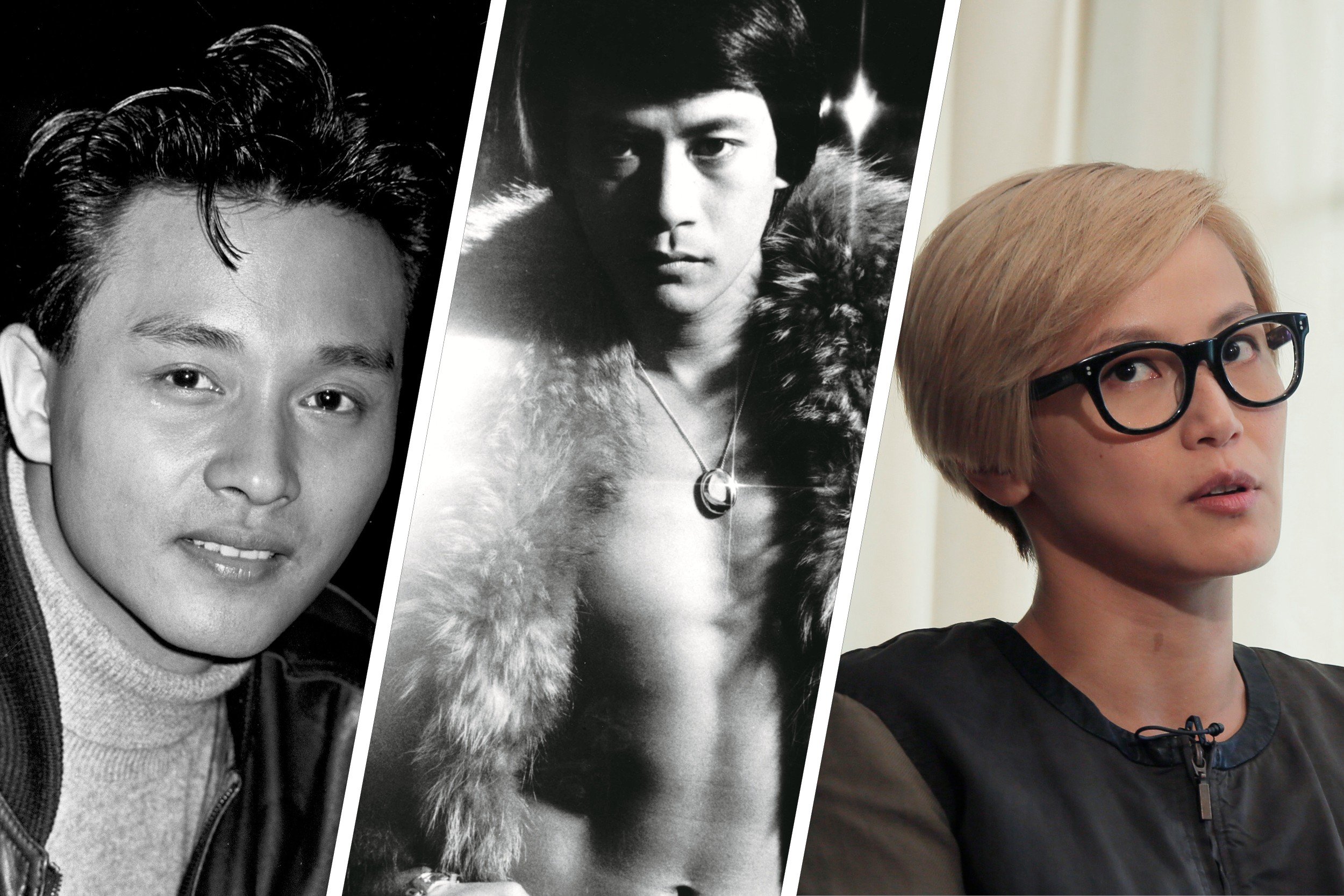How Wong Kar-wai’s In the Mood for Love became a modern masterpiece – 20 years after it premiered
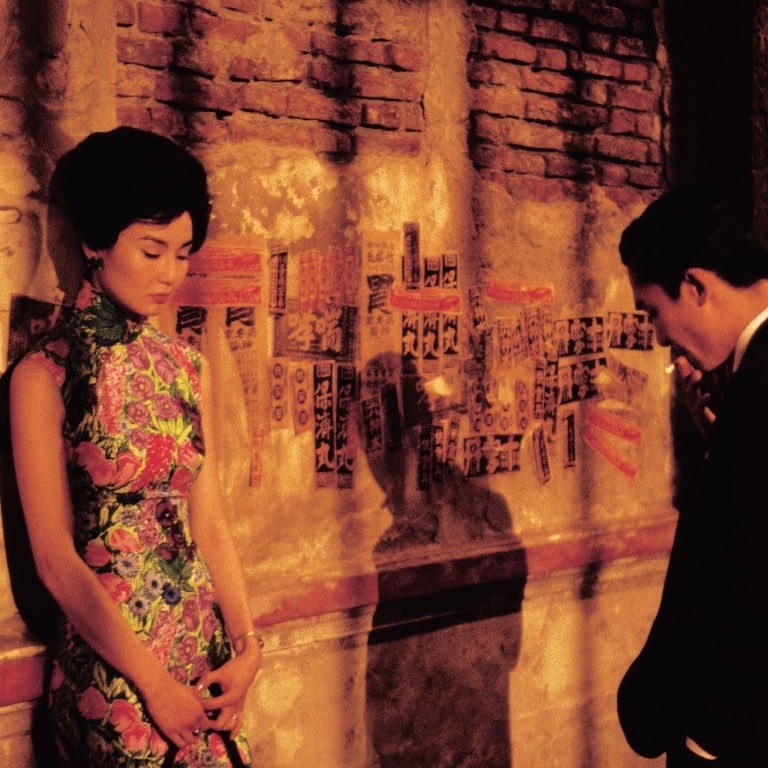
Starring Tony Leung and Maggie Cheung, critical response to the film back in 2000 was initially muted, even though the director’s Chungking Express (1994) had been praised by the likes of Quentin Tarantino; today though, In the Mood for Love is regarded by many as one of the greatest films of the 21st century so far
Wong Kar-wai’s In the Mood for Love premiered at Cannes on May 20, 2000. At the time, the critical response was somewhat subdued. Variety called it “an exquisitely fashioned melodrama” while simultaneously declaring that, like much of the director’s work, it had “more style than substance”. The Economist – with an attitude that showed why it would take another 20 years for an Asian film like Parasite to win big at the Oscars – declared that, with its 98 minutes duration, In the Mood for Love was merely “orientalism lite” before extolling other films ignored by the festival jury that it said were “the uncrowned kings of this 53rd Cannes festival”. Except who remembers Harry, a Friend Who Wishes You Well or I Prefer the Sound of the Sea in 2020? The Guardian barely had time for In the Mood for Love at all, merely noting in its round-up that Tony Leung Chiu-wai’s award for best actor was “well deserved”.
Here in 2020, the view looks quite different. In the Mood for Love is now viewed as a modern masterpiece. A BBC poll from 2016 ranked it the second greatest film of the 21st century until that point, saying “never before has a film spoken so fluently in the universal language of loss and desire”. Sight and Sound’s prestigious Greatest Films of All Time critics’ poll, last conducted in 2012, placed In the Mood for Love 24th, making it not only the highest ranked film of this century but of any film created between 1980 and 2012.
However, this cinematic gem had a surprisingly troubled creation. In the press kit for its Cannes premiere Wong stated, “Filming In the Mood for Love has been the most difficult experience of my career”.
The origins of In the Mood for Love date back to before the 1997 handover of Hong Kong from Britain to China. In the mid-90s, Wong was riding high on the international success of Chungking Express (1994), which was being heralded in the West by the likes of Quentin Tarantino, and praise for its more experimental follow-up Fallen Angels (1995). However, investors and distributors in Asia were wary of Wong following the excessively long, costly productions for his earlier films Days of Being Wild (1990) and Ashes of Time (1994).
As a result, Wong – in typical Hong Kong movie fashion – conceived of a plan to shoot two movies back to back. With the handover looming, the first was to be a more weighty affair about escaping Hong Kong. This would eventually be constructed as Happy Together (1997), shot and set predominantly in Buenos Aires.
The other half of this couple, which would eventually morph into In the Mood for Love, was meant to be a breezier thing in the style of Chungking Express. Intended to be about reconnecting with the mainland, its working title was Summer in Beijing and Tony Leung Chiu-wai and Maggie Cheung were lined up to star. However, the project was abandoned when China’s Film Bureau informed Wong he could not shoot in the country without the government first seeing and approving his script.
Although Wong’s cost-saving plans failed, he did not give up on the Summer in Beijing concept entirely (nor did he give up on the idea of shooting films simultaneously, as work on 2046, in very different form to the final product, began at the same time as In the Mood for Love). By now the director envisaged a film comprised of three short stories – one about a chef, one about the owner of a delicatessen and one about a writer. The link between the tales was to be food, with Beijing the name of a restaurant in Macau that would be used as a setting.
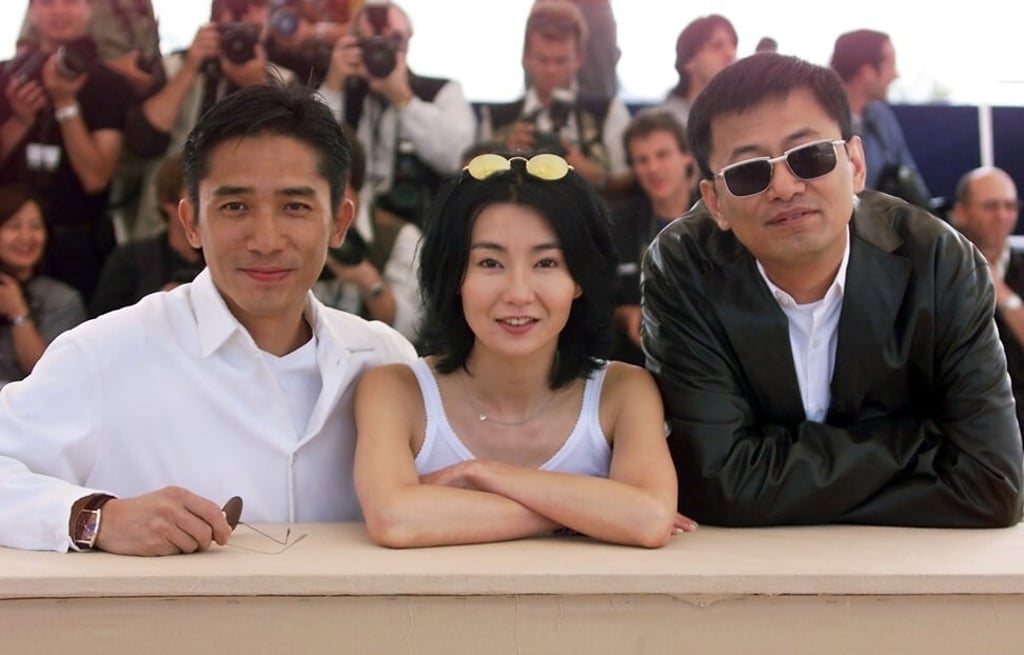
Wong would later reveal: “When we started the project, we called it A Story about Food, and it had three stories. [That part] we see in In the Mood for Love is actually only 30 minutes. It only takes place in the restaurants, in the noodle shop, in the staircase after they buy noodles pretending to have an affair. After I started this part, the main reason for me to make [In the Mood for Love] is I like this story, so I forgot about the other two stories which weren’t made.”
The story that survived was the one about the writer. For this, Wong was inspired by author Liu Yi-chang, whose words appear on screen and bookend In the Mood for Love. In particular, Wong felt a fondness for Liu’s Duidao, a short story about two singletons whose days overlap without the pair ever formally meeting and connecting.
Just as Wong seemed ready to get started on his new film the Asian financial crisis struck in July 1997, severely restricting funding. As Wong’s original investors withdrew, production ground to a halt while he was forced to find new backers.






